Shuttered Shuls, Shattered Trust

Has Cuomo gone too far? The closures, the backlash, and the shattered trust
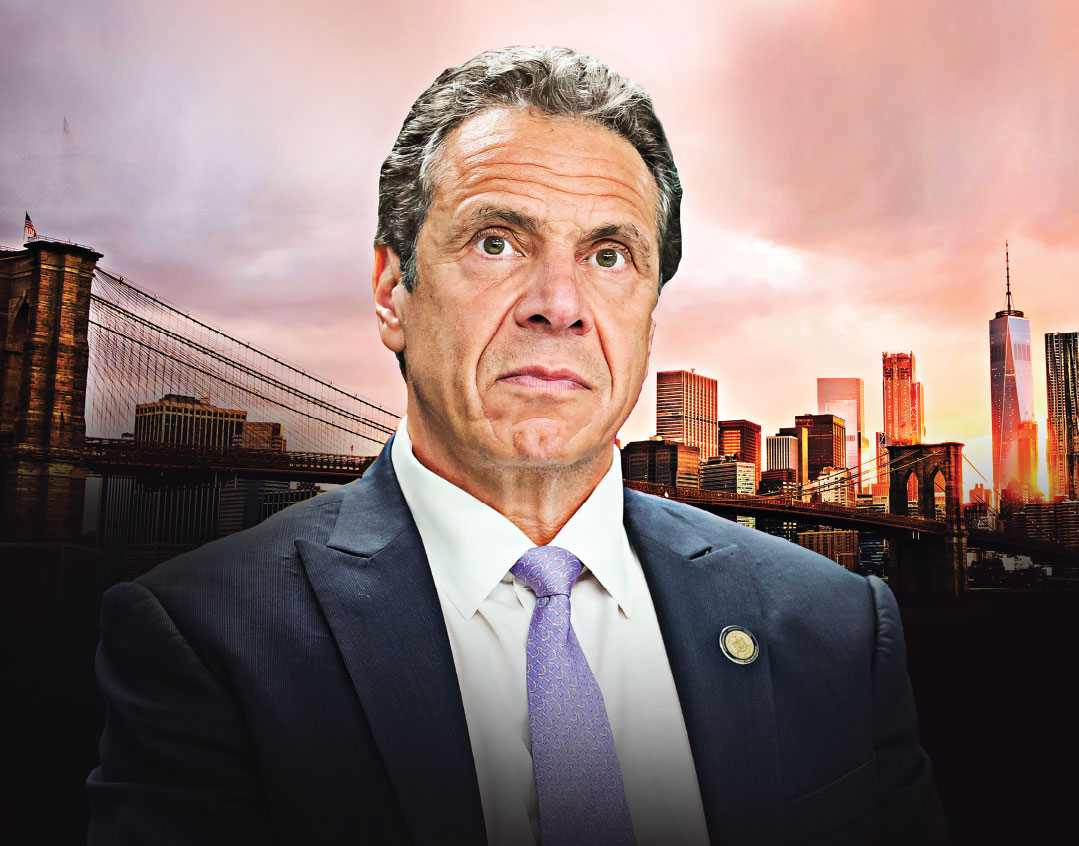
When Governor Cuomo sprang a surprise crackdown on Jewish locales last week, instituting a draconian lockdown, closing schools and nonessential businesses, limiting shul attendance to ten mispallelim regardless of a building’s size, and denounced the ultra-Orthodox sector as a community of lawbreakers, even his staunchest allies were
shocked.
Can the rift ever be repaired?
Andrew Cuomo and the Jews go back such a long way, he frequently injects Hebrew words into his speeches. “You’re all, as they say in Italian, mishpachah,” he once told a non-Jewish crowd at a fundraiser.
It is therefore bewildering, to say the least, for longtime Cuomo watchers as the governor has appeared to embrace confrontation and battle with the Orthodox community these past few weeks. He referred to them with the pejorative term “ultra-Orthodox,” denounced them on national television as lawbreakers, and used fake pictures and audio as “evidence” of a plot against him.
All this is leading longtime allies of the governor to demand an apology, with many saying that the rupture is the worst of his ten years as the state’s chief executive.
100 Percent Betrayed
The coronavirus infection rate in New York, once the worst in the nation, had remained below 1 percent for 50 days before it began to inch upward again about three weeks ago. The neighborhoods with the worst numbers are actually areas where few Jews live. But in a surprise crackdown last week, the governor focused on Jewish locales, instituting a draconian lockdown, closing schools and nonessential businesses and limiting shul attendance to ten mispallelim, regardless of a building’s size.
“The Orthodox Jewish community — ultra-Orthodox Jewish community — what’s happening there is the rules were never enforced in these communities,” Cuomo said last week, implying that they are a community of lawbreakers.
“They never followed the first rules,” he claimed.
As proof, he cited the measles outbreak two years ago. “Same argument — ‘Well, measles will spread through your community. Well, measles will infect the larger community,’ ” Cuomo said. “Same conversation.”
It is unclear what the science-minded governor was referring to, since reports have shown that chassidic communities actually have higher vaccination rates than the general population.
Orthodox groups such as Agudath Israel responded to the remarks indignantly, issuing a rare harsh rejoinder to the governor by pointing to the mass closure of shuls and yeshivos when the pandemic first struck, as well as the miniscule levayah of the Novominsker Rebbe.
But the worst was yet to come. On Tuesday of Chol Hamoed, Cuomo’s chief of staff arranged for what she billed as a call for a select few with the governor to hash out a policy that would work for the Jews and tackle the COVID rates ahead of Simchas Torah. The dozen participants called in at 9 a.m. and were greeted with a muted phone — they could only listen as Cuomo extolled his leadership before urging them to accept a 50 percent capacity limit on shuls for a period of two weeks.
There was no way to respond — despite being asked if they had any questions, and repeatedly pressing the button to speak, there were only three softball questions allowed. One participant said he later found out that the three questions were planted by the governor’s team, meaning participants weren’t allowed to deviate from them.
The participant said that he held a conference call with members of his kehillah after the call to see whether a 50 percent capacity was feasible. Suddenly, they were tossed a grenade by Cuomo when he announced a complicated plan revolving around a cluster of red, orange, and yellow zones, with a full-blown closure of nearly all frum neighborhoods located in red or orange zones.
“Boom,” the person described was his feeling. “We felt a hundred percent betrayed. The trust element with him is very bad at this point.”
Oops! We could not locate your form.

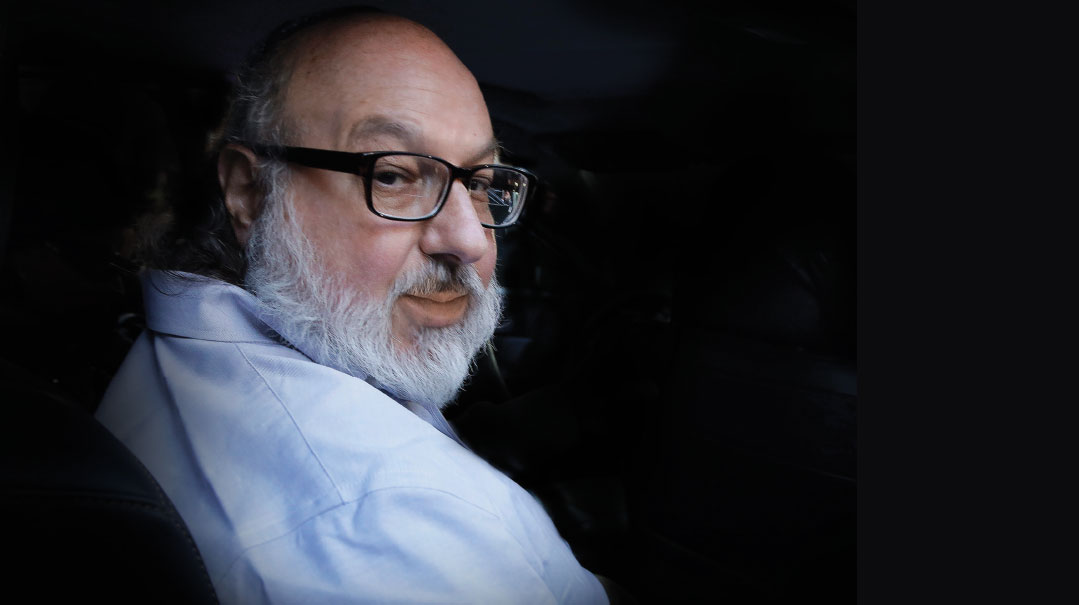
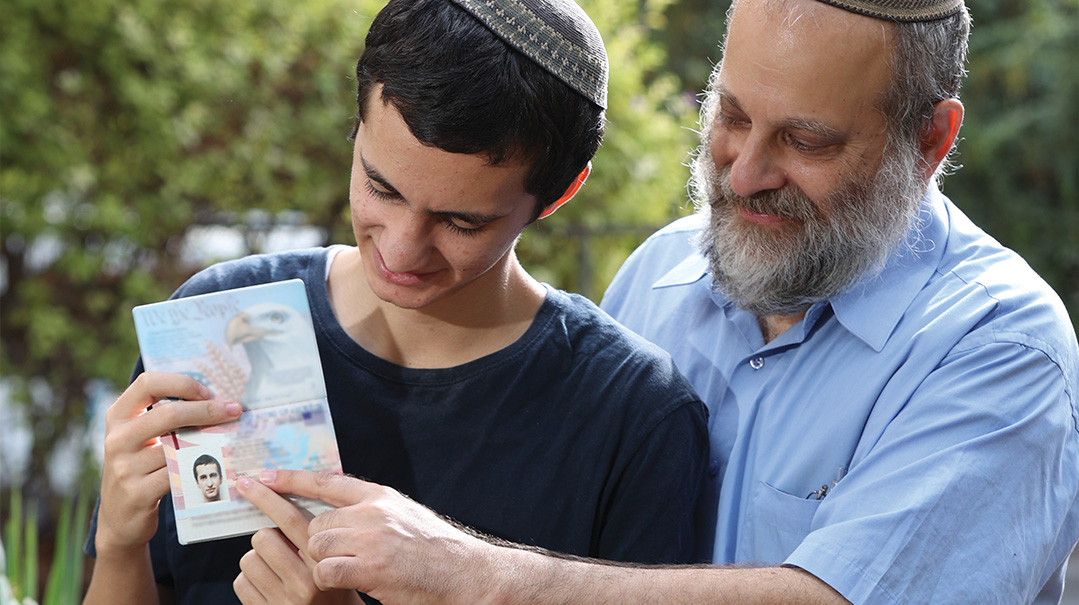


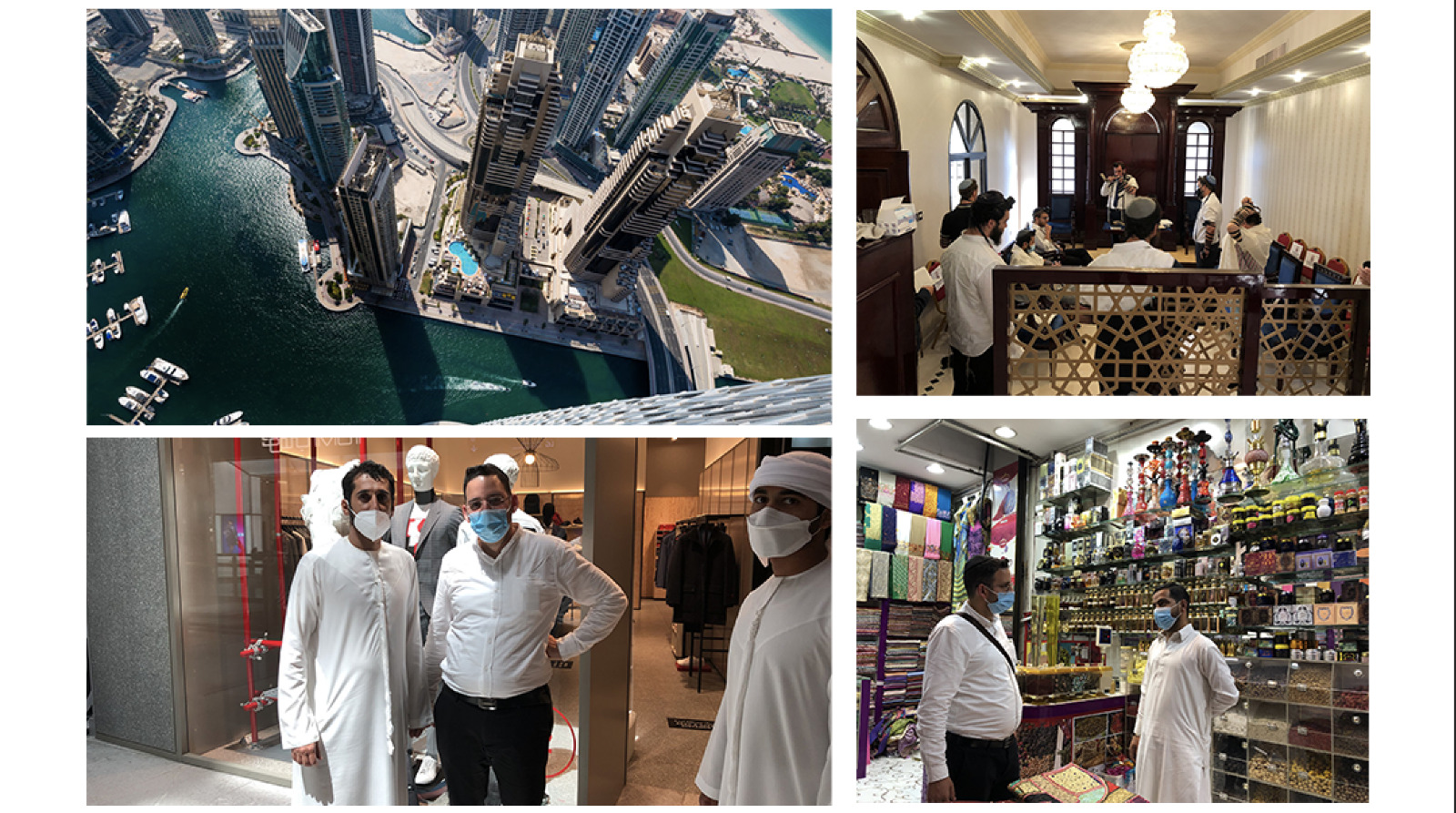
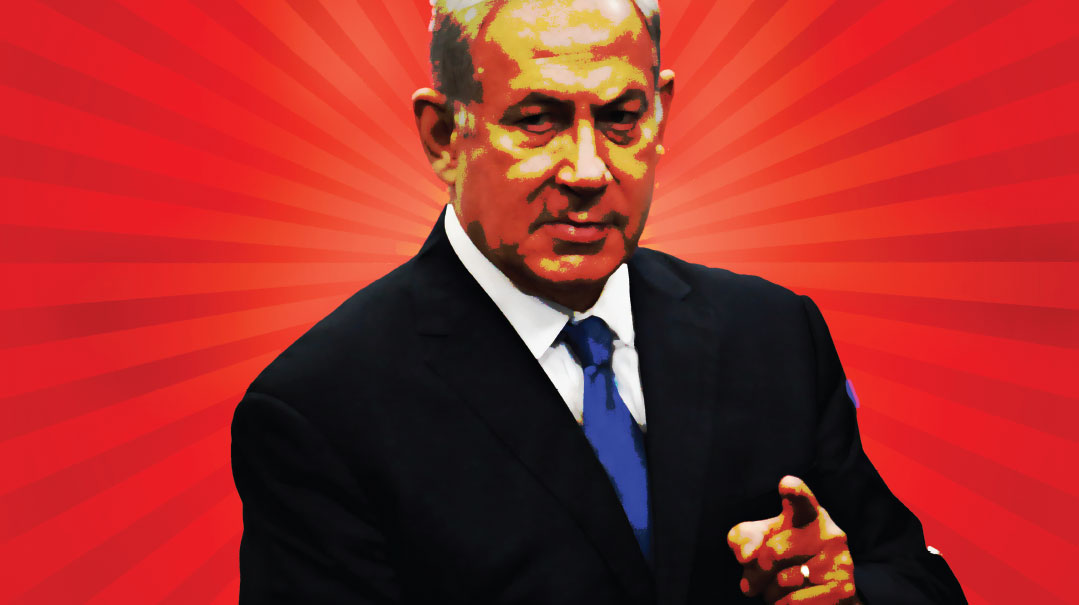

Comments (3)